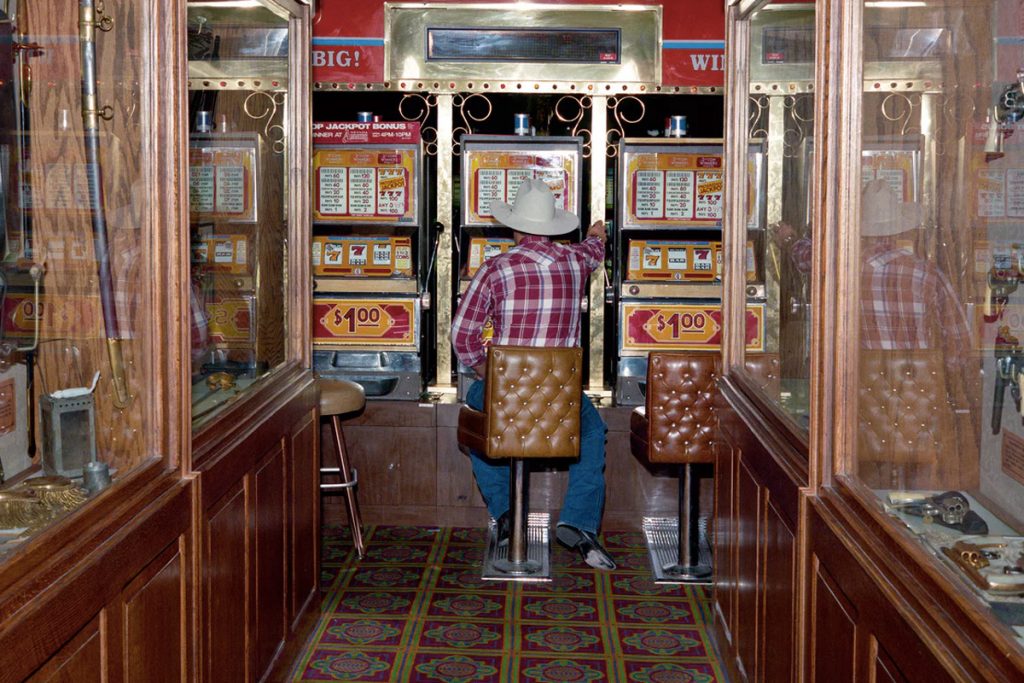Link About It: This Week’s Picks
Batteries inspired by eels, make-up kits in space, naturally pink chocolate and more


1. NASA’s Make-Up Kits
Astronauts take plenty of grooming products into space—soap, lotion, deodorant, toothbrushes and more—but back in 1978, NASA believed women would also want a full make-up kit. NASA’s History Office shared an image of the kit, along with a quote from Sally Ride—the first American woman to go into space: “The engineers at NASA, in their infinite wisdom, decided that women astronauts would want make-up… You can just imagine the discussions amongst the predominantly male engineers about what should go in a make-up kit.” In fact, the kit included eyeliner, mascara, eye shadow, make-up remover, blush and lip gloss, but it never made it to space—unlike 59+ women.
2. World’s First Ruby Chocolate
In a world first, Nestlé Japan is launching a naturally pink chocolate: the ruby KitKat. The pink hue is the first new natural color since the 1930s (when white chocolate was created) and apparently tastes fruity. Teaming up with Swiss cacao processor Barry Callebaut, Nestlé also tapped chef Yasumasa Takagi for the recipe. He says, “I have created an especially simple KitKat that allows you to enjoy the characteristic fruity fragrance and subtle acidity of ruby cacao to the fullest.” Read more at The Independent.
3. We Are Evolving Away From The Y Chromosome
Aside from the “master switch gene,” SRY, the Y chromosome (only found in men) contains very few other genes. And it’s the only chromosome not necessary for life. Right now, it’s in a state of degeneration, shriveling up for males. This degeneration has occurred because the Y chromosome is only ever present in one copy, passed from fathers to son, meaning there’s no chance to dodge genetic mutation. As for whether it will disappear, the scientific community is still divided, but either way males will not disappear. The SRY gene might just affix itself on a different chromosome.
4. Emmanuelle Moureaux’s Rainbow-Hued “Color of Time” Exhibition in Japan
Tokyo-based artist Emmanuelle Moureaux’s latest installation uses vibrant whimsy and an overwhelming scope in an attempt to express the passing of time. The vast concept materializes through 120,000 paper numerals and symbols, layered and each sporting a color. Set in Japan’s Toyama Prefectural Museum of Art and Design, “Color of Time” splendor seems to shift as one walks through, with the spectrum passing behind. While the show just closed, its inspiration remains strong. See photos at Design Boom.

5. A New Type of Battery Inspired by Electric Eels
Electric eel power comes from cells, called electrocytes, that expel energy when needed. Eels can actually “synchronize the charging and discharging of thousands of cells in their bodies simultaneously,” says Max Shtein, a chemical engineer at the University of Michigan who worked on research for a soft, flexible battery based on this concept. Shtein and his team, which included individuals from the University of Fribourg and the University of California, San Diego, attempted to replicate “the eel’s physiology by creating about 2,500 units made of sodium and chloride dissolved in water-based hydrogels,” all of which were printed out in rows resembling tiny buttons. They placed the charge-selective hydrogels on top and the saline and freshwater (blue) hydrogels below, for a reaction that actually delivered power. The prototype findings were published in the journal Nature last month. You can read more at Smithsonian magazine.
6. “My Special Aflac Duck,” a Robot Companion for Children with Cancer
Insurance company Aflac and health research company Sproutel unveiled a robot duck companion at this year’s CES, made for children going through cancer treatment. More than just a plush toy, the animated robot features a chest sensor with a chemotherapy PICC line attachment. This allows children to witness their toy friend go through the same treatment as themselves, and offers emotional support. Further, there’s a light on the duck’s chest where kids affix one of several RFID-enabled “feeler cards” that represent different emotions, allowing children to declare how their pet feels, potentially mirroring their own state. Beyond that, the life-like and cuddly robot needs an attentive caretake and quacks away while being fed and bathed. It’s a friend in a time of need. Each duck costs approximately $200, but Aflac will donate them at no cost to any child recently diagnosed with cancer. Read more at CNET.
7. Cancer Survivors Turn Radiation Masks To Art
According to Artsy, groups across the United States (and other nations) have taken radiation masks—mesh pieces molded to patents’ faces in advance of chemotherapy for head and neck cancer—and turned them into art. The groups are composed of artists, many of whom have survived cancer themselves. The results are striking, and carry an array of meaning: confrontation, reclamation, survival and more. In the process, awareness is increased and money for patients in need has been raised. To learn more about the artists and organizations like Courage Unmasked, read more at Artsy.
8. Jay Wolke’s Images of Casinos in the 1980s
During the 1980s, the only places one could legally gamble in the USA were Atlantic City, Las Vegas and Reno. Photographer Jay Wolke was “fascinated by the intersections of people, artifice, architecture and landscape” and photographed the rapidly expanding cities. From wedding parties to beauty queens, builders and (of course) gamblers, Wolke’s subjects are both ordinary and extraordinary—and his photographs act as a time capsule as well as charming portraits. See more at The Guardian.
Link About It is our filtered look at the web, shared daily in Link and on social media, and rounded up every Saturday morning.











